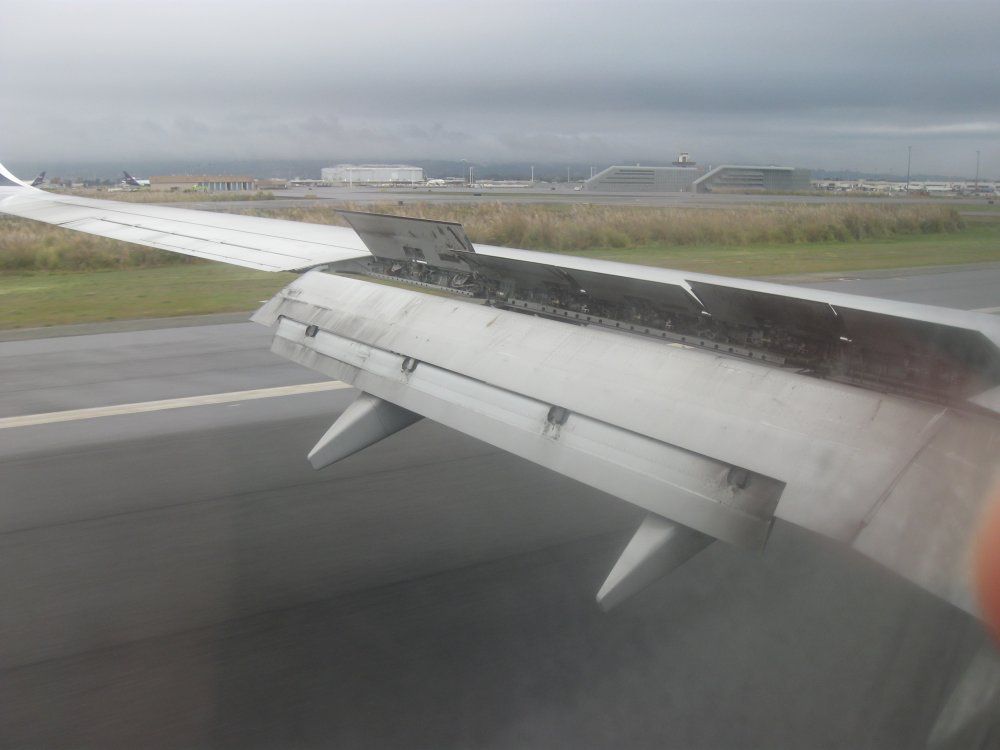-
 Geophyte
Geophyte
-
 Duplex
Duplex
-
 Bone
Bone
-
 Lithospheric
Lithospheric
-
 Hirudiniasis
Hirudiniasis
-
 Hadron
Hadron
-
 Myelin
Myelin
-
 M-theory
M-theory
-
 Katathermal
Katathermal
-
 Cystectomy
Cystectomy
-
 Pixel
Pixel
-
 Kerberos
Kerberos
-
 Opportunistic species
Opportunistic species
-
 Alternative fuel
Alternative fuel
-
 Internuptial
Internuptial
-
 Alar bar
Alar bar
-
 TSI
TSI
-
 Adenine
Adenine
-
 Oolitic
Oolitic
-
 Basal membrane
Basal membrane
-
 Interstellar cloud
Interstellar cloud
-
 Endoprosthesis
Endoprosthesis
-
 Magnetic field
Magnetic field
-
 Ribonucleoside
Ribonucleoside
-
 Telluric pollution
Telluric pollution
-
 X. 509v3
X. 509v3
-
 M81
M81
-
 Superficial body growth
Superficial body growth
-
 Root tube
Root tube
-
 Blob
Blob
Lift augmentation system
A Lift augmentation system is a device installed on the wing of an aircraft to produce an increase in lift at a given speed. It is useful at low speed because it reduce the stall speed (the plane can fly more slowly).
It can be installed on the leading edge of the wing ("leading edge slats") or on the trailing edge ("wing flaps").
Uses of the lift augmentation system
A lift augmentation device can be fixed or mobile. When fixed, it gives STOL capability to the aircraft (short take-off and landing), but the cruising speed is reduced. The leading edge slats can be fixed or mobile. The wing flaps are always mobile. A mobile device is used before takeoff and before landing.
There are several kinds of flap which can increase the camber (they are lowered) or the surface area (they slide backwards) or both (Fowler flaps).
 A lift augmentation device installed on aircraft wings. The flaps of an aircraft are lowered when landing. Here, they are lowered right down (landing position). They are also deployed towards the rear (Fowler type flaps). The mobile surfaces inclined upwards are air brakes (they increase the drag). © Derrick Coetzee/Flickr CC by-nc-sa 2.0
A lift augmentation device installed on aircraft wings. The flaps of an aircraft are lowered when landing. Here, they are lowered right down (landing position). They are also deployed towards the rear (Fowler type flaps). The mobile surfaces inclined upwards are air brakes (they increase the drag). © Derrick Coetzee/Flickr CC by-nc-sa 2.0
Latest
Fill out my online form.



